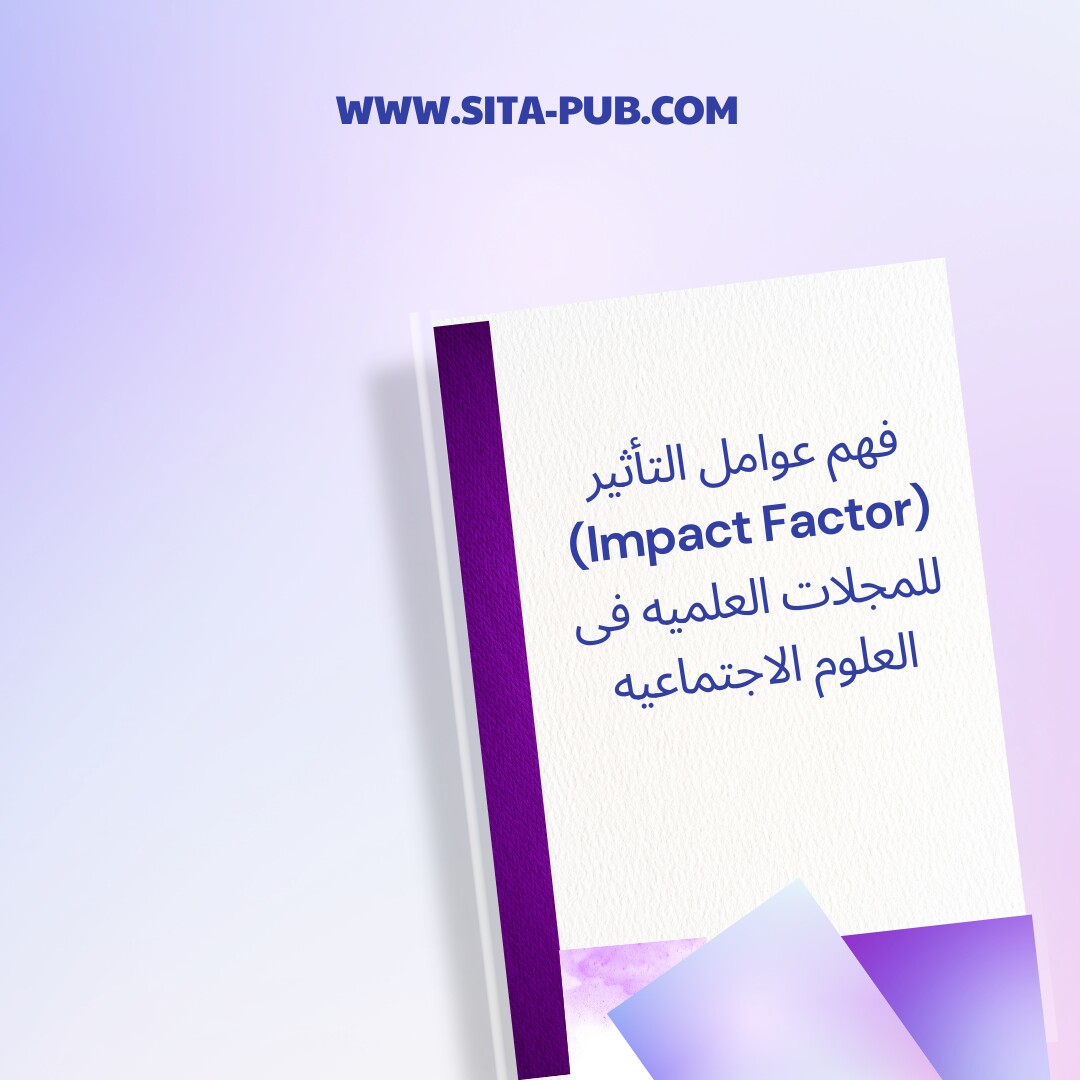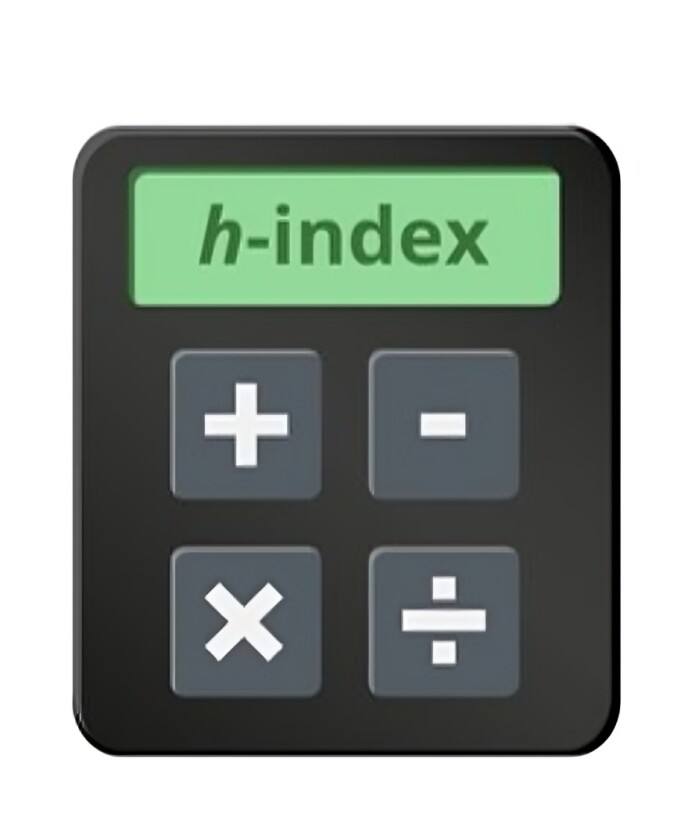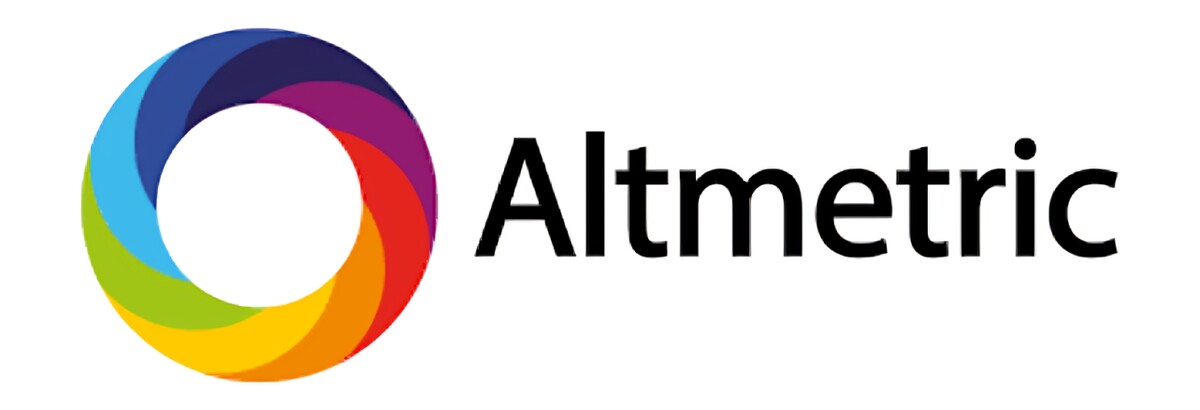فهم عوامل التأثیر (Impact Factor) للمجلات العلمیه فی العلوم الاجتماعیه


فی عالم النشر الأکادیمی، تلعب المقاییس مثل عامل التأثیر دورًا حیویًا، خاصهً للمجلات العلمیه فی العلوم الاجتماعیه. یقیس هذا المعیار مدى تکرار الاستشهاد بالمقالات المنشوره، مما یساعد على تقییم تأثیر المجله وسمعتها الأکادیمیه. غالبًا ما یأخذ الباحثون هذه المقاییس بعین الاعتبار عند اختیار المجله المناسبه لنشر أبحاثهم. سنستعرض فی هذا المقال أهمیه عوامل التأثیر، کیفیه حسابها، تأثیرها على ظهور الأبحاث، والقیود المرتبطه بها.
یُعتبر عامل التأثیر مقیاسًا لمدى استشهاد الأبحاث الأخرى بمقالات مجله معینه خلال فتره زمنیه، عادهً عامین. یعکس هذا المقیاس جوده المجله ومکانتها فی المجال العلمی. على سبیل المثال، إذا نشرت مجله 50 مقالاً وتلقت 200 استشهاد خلال السنه الحالیه، فإن عامل التأثیر سیکون 4.0، أی بمعدل أربع استشهادات لکل مقال.


اختیار المجله المناسبه أمر حاسم للباحثین. غالبًا ما یشیر عامل التأثیر العالی إلى مجله مرموقه، مما یؤثر على قرارات الباحثین، خصوصًا الباحثین الجدد الذین یسعون لبناء سیرتهم الأکادیمیه.

تُعتبر عوامل التأثیر مؤشرًا مهمًا لجوده البحث. المجلات ذات عامل التأثیر المرتفع عادهً ما تخضع لمراجعه دقیقه من قبل الأقران، مما یضمن نشر أبحاث بمعاییر علمیه عالیه.

یُعد النشر فی مجلات ذات عامل تأثیر مرتفع خطوه مهمه للتقدم الأکادیمی، بما فی ذلک الحصول على ترقیات، التثبیت الوظیفی، وفرص التمویل البحثی.

یتم حساب عامل التأثیر من خلال المعادله التالیه:
حساب عدد الاستشهادات بالمقالات المنشوره خلال العامین السابقین.
حساب العدد الکلی للمقالات المنشوره خلال نفس الفتره.
قسمه عدد الاستشهادات على عدد المقالات.
على سبیل المثال، إذا نشرت مجله 100 مقال خلال عامین وتلقت 300 استشهاد، فإن عامل التأثیر یکون 3.0.
رغم أهمیه عوامل التأثیر، إلا أن لها بعض القیود التی یجب أن ینتبه إلیها الباحثون:
تختلف أنماط الاستشهاد من مجال إلى آخر؛ فقد تحصل المجلات الطبیه على استشهادات أکثر من مجلات علم الاجتماع، مما یجعل المقارنات المباشره بین المجلات غیر دقیقه.
یرکز عامل التأثیر على عدد الاستشهادات بغض النظر عن جوده البحث، مما قد یؤدی إلى تفضیل الکم على الجوده العلمیه.
قد تحاول بعض المجلات رفع عامل تأثیرها بشکل مصطنع من خلال نشر مراجعات أدبیه أکثر، کونها تحظى بنسبه استشهاد أعلى.
یُحسب عامل التأثیر بناءً على استشهادات لمده عامین فقط، مما قد لا یعکس التأثیر طویل المدى للأبحاث ذات الجوده العالیه.
بسبب هذه القیود، یُنصح الباحثون بالنظر إلى مقاییس بدیله مثل:

مؤشر h-index: الذی یقیس الإنتاجیه والتأثیر البحثی بناءً على عدد المقالات وعدد الاستشهادات بها.

مقاییس البدائل (Altmetrics): التی تتبع الانتشار الأوسع للأبحاث، بما فی ذلک الإشارات على وسائل التواصل الاجتماعی والتنزیلات.
فهم عوامل التأثیر أمر أساسی للباحثین فی العلوم الاجتماعیه. إنها أداه مفیده لاختیار المجلات وتقییم تأثیر الأبحاث، ولکن یجب أخذ القیود المرتبطه بها بعین الاعتبار. من خلال الجمع بین هذه المقاییس ومقاییس أخرى کمیه ونوعیه، یستطیع الباحثون اتخاذ قرارات واعیه بخصوص نشر أبحاثهم وتقییم مساهماتهم فی المجال العلمی.
إذا کنت تبحث عن مجلات علوم اجتماعیه ذات عامل تأثیر مرتفع لنشر أبحاثک، نحن هنا لمساعدتک
فی أکادیمیه سیتا، یمکن لفریقنا الخبیر توجیهک نحو المجلات الأنسب لعملک. عزز من ظهور أبحاثک وتأثیرها العلمی.

إذا کان لدیک أی أسئله، استفسارات، أو ترغب فی معرفه المزید عن خدماتنا، فلا تتردد فی التواصل معنا. فریقنا المخصص مستعد لمساعدتک.